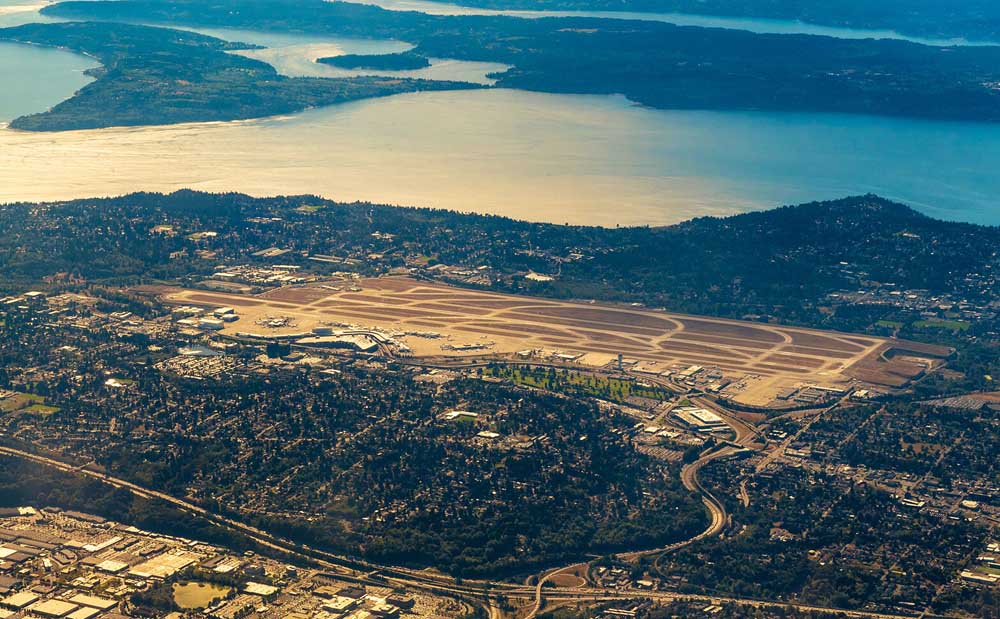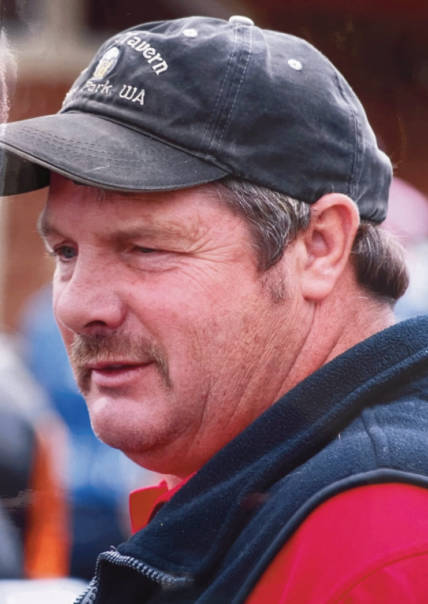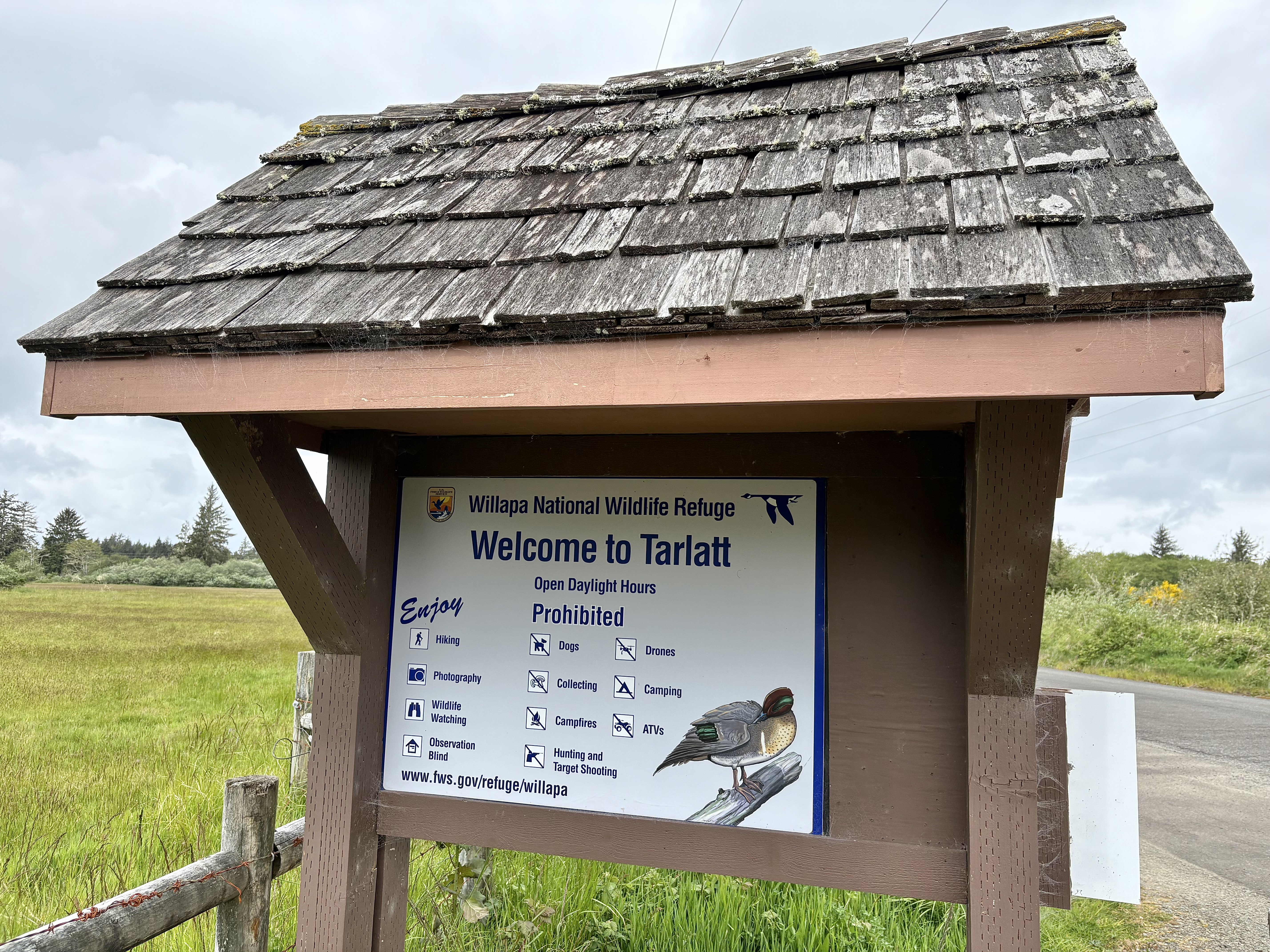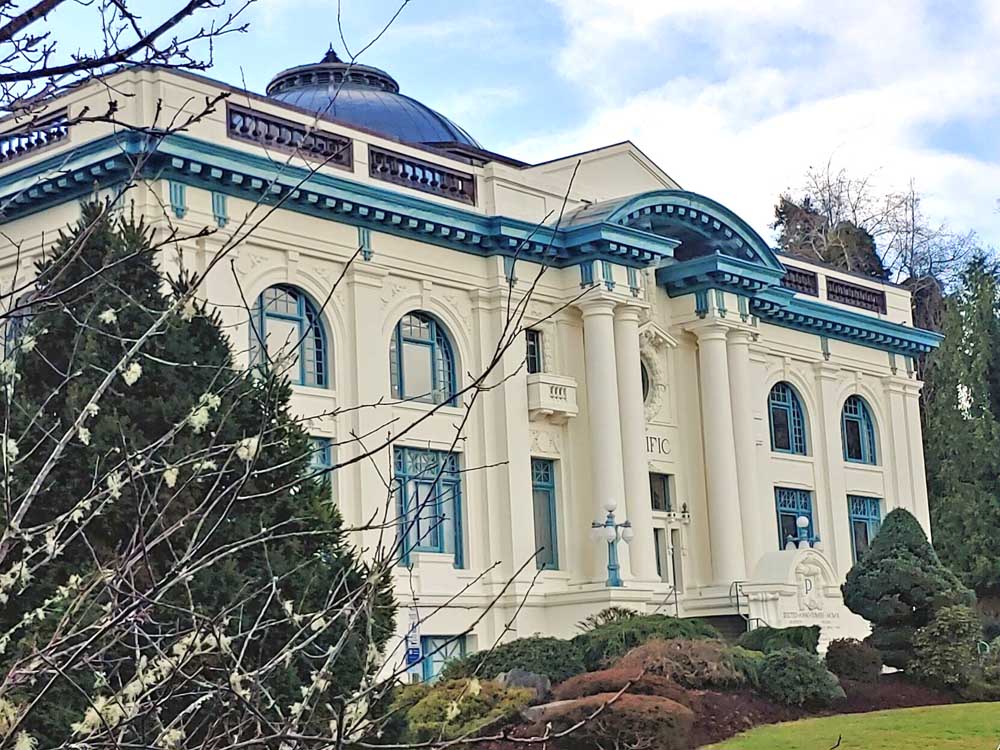Editorial: Washington looks for a place to land a new airport
Published 7:00 am Thursday, September 15, 2022

- Seattle-Tacoma International Airport from the air.
Washington state is shopping for land, and lots of it. The legislature, state Department of Transportation and a special commission are looking for a spot to build a new airport.
Trending
And they are thinking big.
They hired a consultant to scout western Washington for lots of flat land that would be appropriate for an airport.
Airports are land hogs
For the record, airports are gigantic. Denver, Colo., for example, built a new airport in 1995. It is 33,513 acres. The Dallas-Ft. Worth Airport in Texas is 17,207 acres.
Other older airports are much smaller but still cover thousands of acres. Los Angeles International is 3,500 acres. San Francisco International Airport is 4,899 acres.
Sea-Tac, the main airport in western Washington, is 2,500 acres.
The problem is that Sea-Tac and Paine Field, the airport in Everett north of Seattle, will reach their capacity unless they are either reconfigured and expanded or another airport is built to pick up the projected growth in passenger numbers and freight.
Hence the search for land in a location that can accommodate a new airport and all that goes with it.
Farmland targeted
Our concern isn’t airports so much as the land on which they are built.
In agriculture, a farmer or rancher sees farmland as offering the potential to grow food. Likewise, foresters see woodlands as places to grow trees, while others see forests as crucial habitat and assets in the fight against climate change.
Airport developers and others see farmland, especially, as shovel-ready for construction. It’s flat and well-drained and usually has water available.
And this is in a state whose explicit policy is to protect farmland, something we don’t seem to do well. Thousands of acres of solar and wind farms are sprouting up on agricultural land in parts of the state, and now plans for a new airport would likely take thousands of acres out of production.
That means the odds are good that farmland could become at least part of the location for a new airport. It will be converted into runways, passenger and freight terminals, parking lots and hotels.
While that might be good for air travelers, it would devastate the area’s agriculture. Not only would the land at the airport site be impacted, so would neighboring farmers and ranchers. Rail lines, roads and all of the other accoutrements of modern airports would surely push out even more agriculture.
One doesn’t need to be an urban planner to predict a transportation corridor connecting Seattle and Tacoma with a new airport. Again, it would likely be built on at least some farmland.
And this is in a state whose explicit policy is to protect farmland, something we don’t seem to do well. Thousands of acres of solar and wind farms are sprouting up on agricultural land in parts of the state, and now plans for a new airport would likely take thousands of acres out of production.
Keep them where they are
The state has a Commercial Aviation Coordinating Commission, which has been tasked with looking for a place to land a new airport. As could be expected, the commission is having trouble finding a place that meets all of the criteria. (Lewis County — neighboring Pacific County — is regarded as one possibility, though it is too far away from major urban centers to be considered very seriously.)
Our hope is commissioners will ultimately decide to do the obvious — expand Sea-Tac and Paine Field and drop the “need” for a new airport. The two existing airports are well situated and have the necessary infrastructure. Building a new airport from scratch will carry a massive price tag, in terms of dollars and farmland.
Western Washington needs farms more than it needs a new airport.









